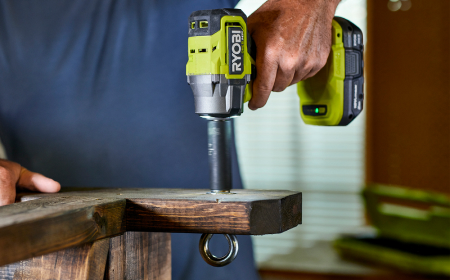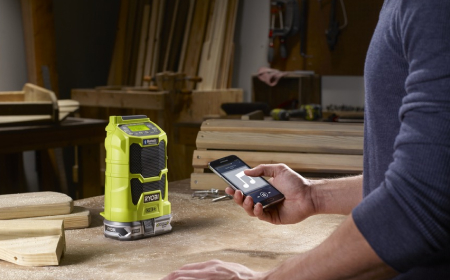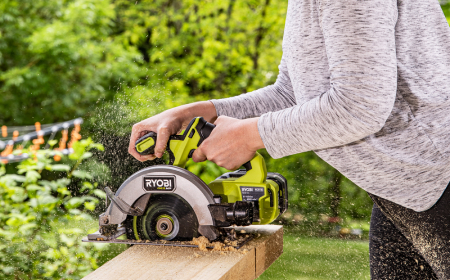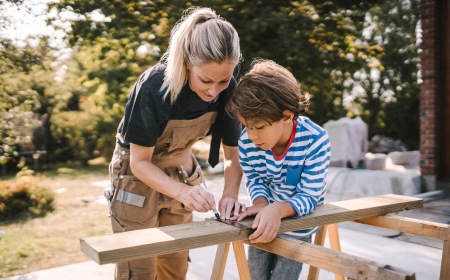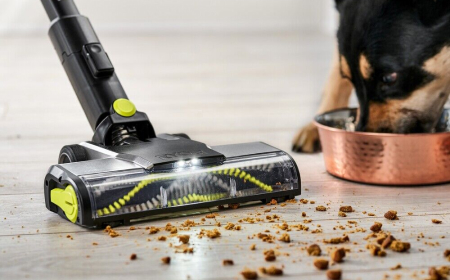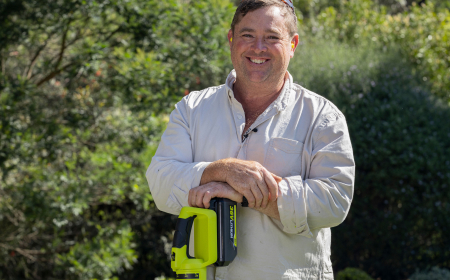The settings are to help with drilling holes & driving screws properly into the desired material.
Speed Settings
Most Ryobi Drill Drivers are equipped with a speed selector with two speeds on top of the drill.
- Speed 1 is low speed, which is better for larger diameter holes as it provides more torque. Speed 1 also provides more control and is recommended if you are unfamiliar with the task or the material.
- Speed 2 is High Speed, which is better for small holes less than 13mm.
Forward & Reverse
All Ryobi Drill Drivers are equipped with a Forward and Reverse Selector
- Forward is for driving screws in and drilling into material.
- Reverse is for removing screws and pulling the drill bit out of the drilled material.
Adjustable Torque Clutch
Most Ryobi Drill Drivers are equipped with an Adjustable Torque Clutch for driving screws to the right depth without over driving the screw.
The numbers with usually range between 1 to 24 plus a Drill bit Icon and sometimes a Hammer icon (on hammer drills only).
For drilling:
- into wood, metal & plastic, select the Drill mode.
- for masonry & brick, select the Hammer Mode.
For Driving:
The numbers are A guide and will vary the depth based on the material you’re driving a screw into and the screw itself.
To adjust your clutch:
- Align the arrow to a lower setting and start driving a screw.
- If there is too much resistance, the clutch will disengage the motor.
- Adjust the clutch to a higher number and find the sweet spot that will drive your screw to the desired depth without disengaging the motor or overdriving the screw.
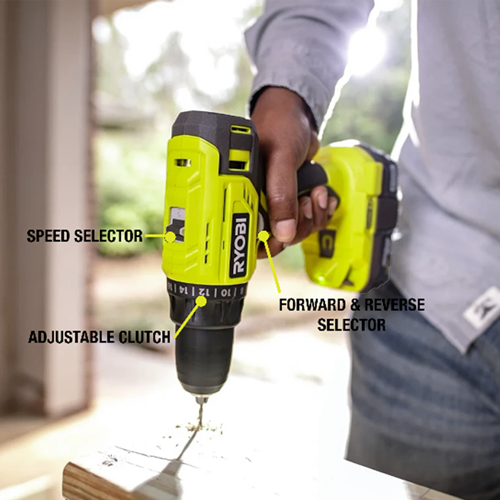
Understanding the correct settings may require some practice, so we recommend trying it out on a spare piece of material first, if you’re unfamiliar.
R18PD7-0, R18DDBL-0, R18PDBL-0, R18PD3-H155S, R18CPD14, R18DD12, R18PD3-H40G, R18ID14, R18DDHE12, R18PD2422B, RDD18C, RPD18C, RPD18X, R18DDP2-H20G, R18DD3-0, R18CK2-H4P, R18XPD14, R18XPD142B
